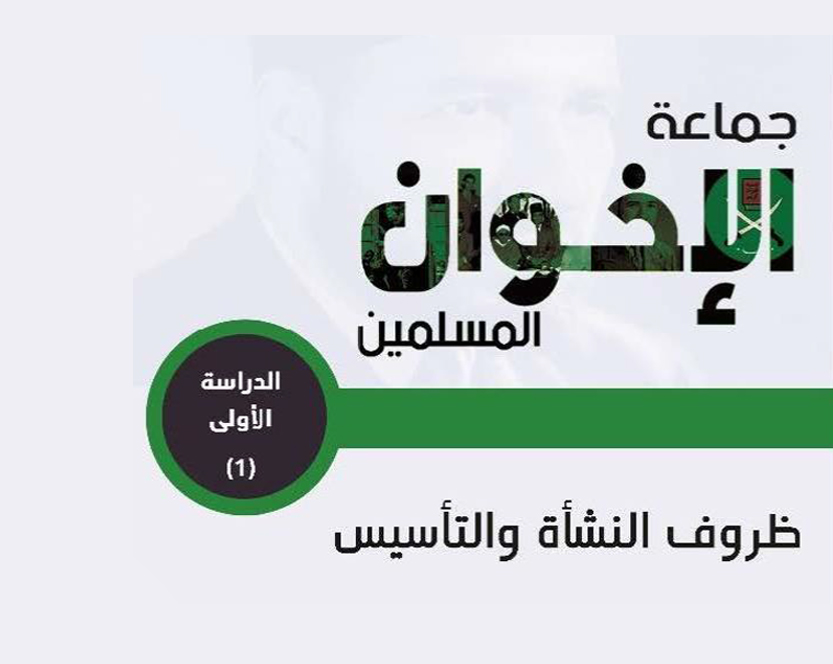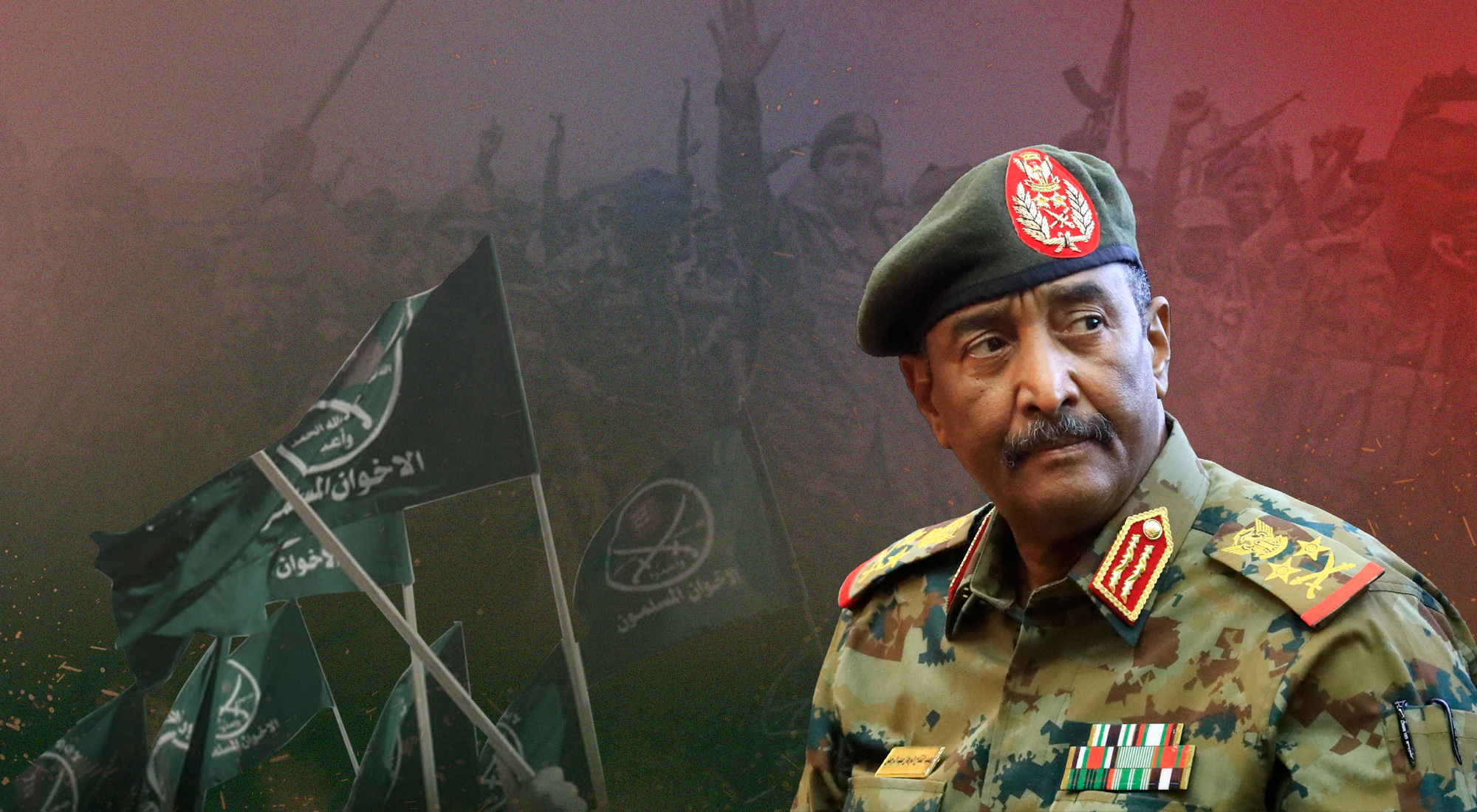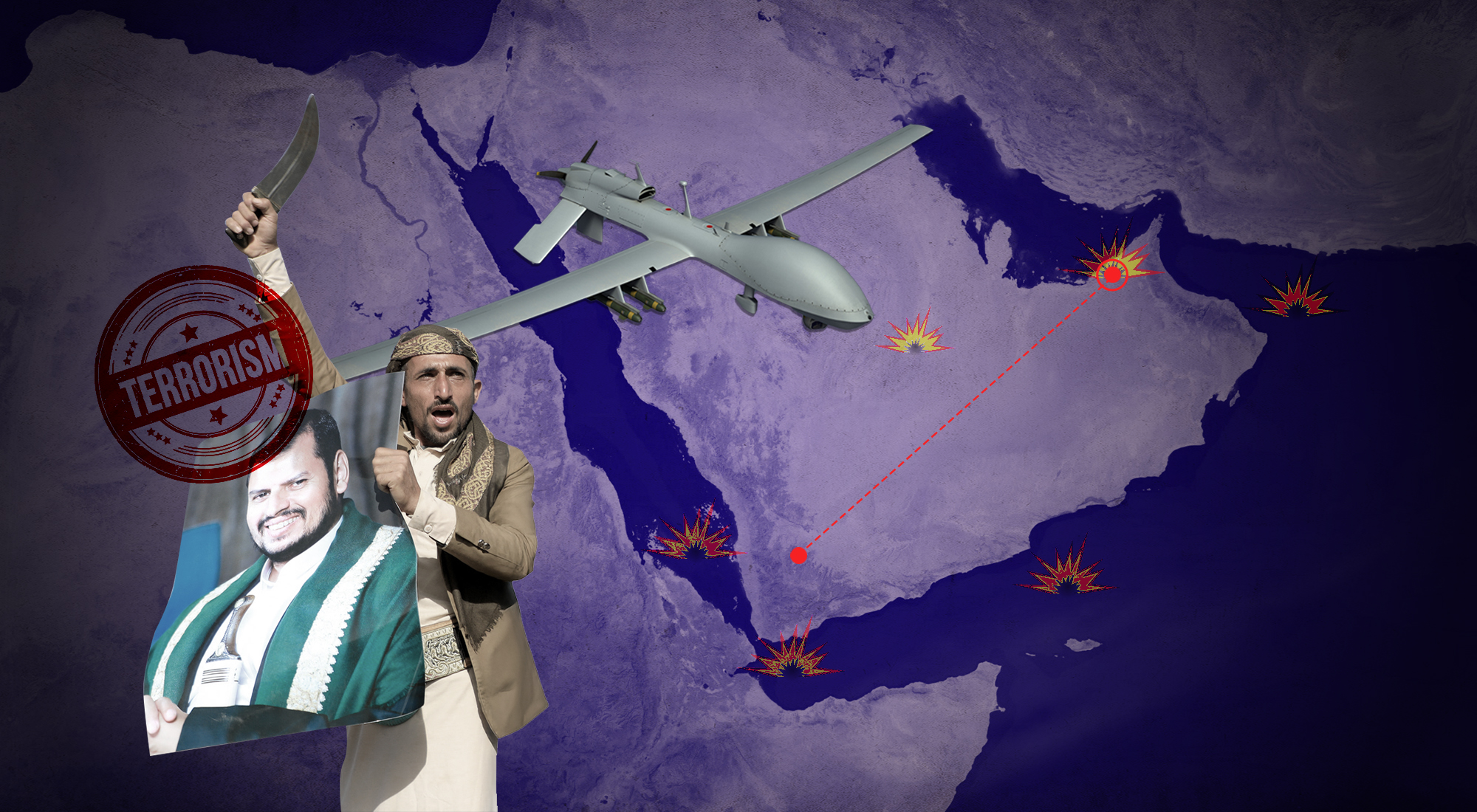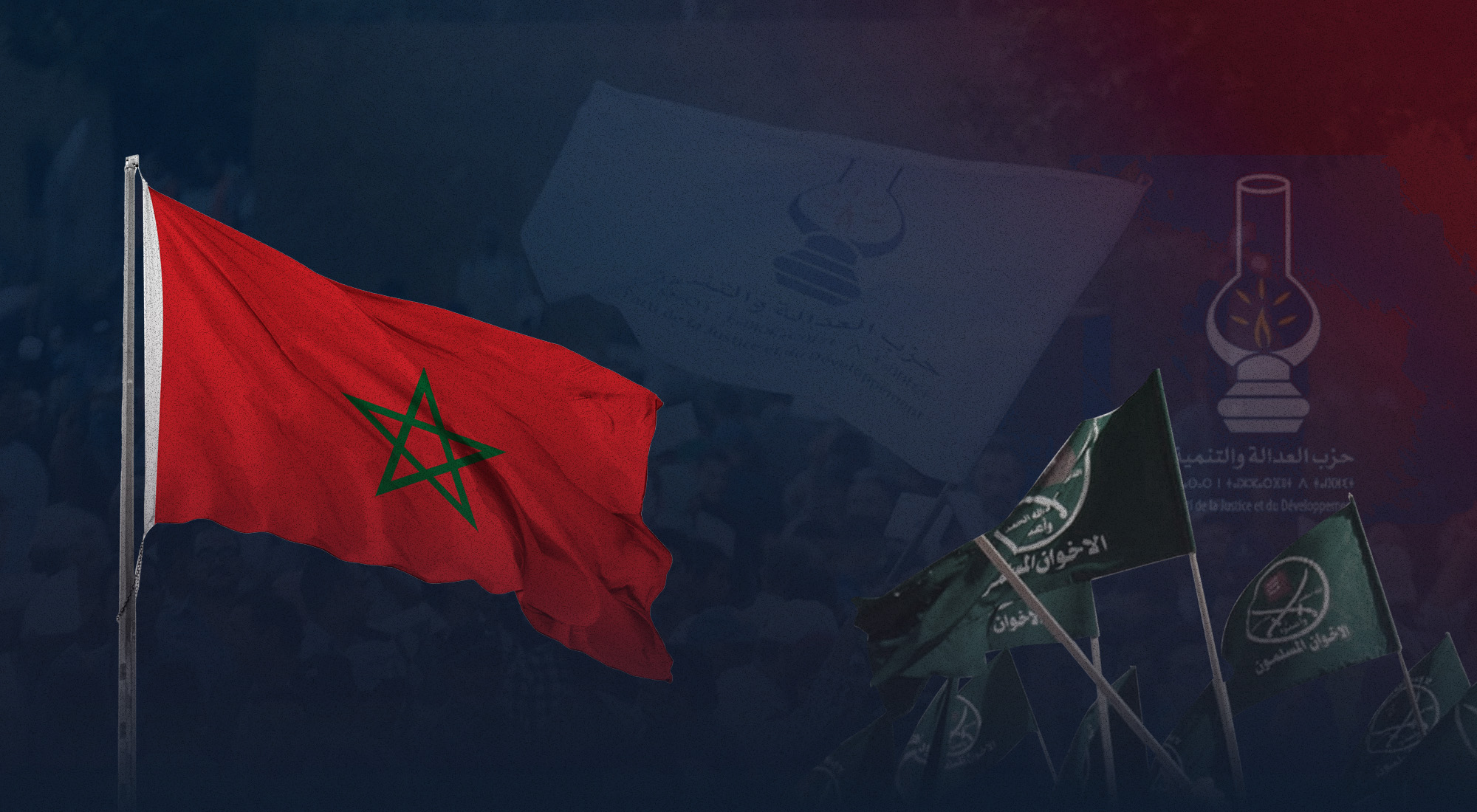Amid a plethora of studies on extremist groups, since the outbreak of the so-called Arab Spring, the Muslim Brotherhood has been among the most scrutinized. The group has been designated as a terrorist outfit by most countries due to the serious threat it poses to the future of countries and regimes.
While several countries are struggling to deal with terrorist and extremist groups, a new study in Arabic by Abu Dhabi-based TRENDS Research & Advisory – The Muslim Brotherhood: Backgrounds and Foundation – has done the most comprehensive analysis on the subject.
The study combines research with in-depth analysis and applies various approaches toward studying the Muslim Brotherhood in academic literature, the circumstances that led to its establishment in Egypt, its historic and recent decision-making processes and the characteristics of its most prominent leaders. The study also tackles the various transformations that have taken place in the group’s organizational structure.
The recent study, which has received extensive reviews and media coverage, has been released by TRENDS as part of its series of publications on political Islamist movements. TRENDS Research & Advisory intends to publish this series shedding light on the internal, regional and international dimensions and contexts of extremist groups. Considering some Arab countries continue to be plagued by unrest, violence, extremism, and terrorism, this study becomes extremely important.
The study claims that, despite massive academic and media studies on political Islamist groups, little is known about the circumstances in which they emerged and the local environments that facilitated their spread. It says that increased focus on the ideologies and leaders of Islamist movement amount to shortcomings in the research related to the factors and circumstances behind the emergence of Islamist movements.
Only a few studies have focused on, and systematically and scientifically evaluated, the social and political contexts of Islamist movements. The study, which consists of an introduction, five chapters, and a conclusion, is worth the read. Its significance lies in unearthing the methods the Muslim Brotherhood uses to convince broad segments of the Arab Muslim societies of its ideas, ideologies, the way it tries to gain ground in societies and the methods it uses to recruit and mobilize social groups to serve its political agenda. The study also tries to trace the way it builds global reach in non-Muslim societies.
In addition, the study tries to answer two key questions – What are the factors behind the emergence of the Muslim Brotherhood, especially in Egypt? What is significant about the timing of its foundation?
The study includes an analysis of the structural factors that encompass the economic, social, political, and geopolitical elements in which the Muslim Brotherhood emerged. It also sheds light on the intellectual and ideological foundations of the group and analyzes the group’s most prominent intellectual and ideological starting points. Furthermore, the study follows the ideological, political, and activist variables that contributed to its emergence as a political movement during the first three decades of the 20th century.
Chapters and references
The study relies heavily on dozens of Arab and Western sources and references that have had a major impact on the understanding of the phenomenon of political Islam and is divided into five chapters. The first chapter, Theoretical Framework, and Previous Studies, deals with the methodology of research and highlights the approaches that allow for a thorough and accurate analysis of the phenomenon of political Islam in general and the Muslim Brotherhood in particular. The study provides an integrated vision of the group’s formation from sociological, historical, social and cultural perspectives.
Titled Political, Economic, Social and Cultural Changes in Egypt during the 20th Century, the second chapter explains the prevailing situation on the political, economic, social and cultural fronts. This is an attempt to unearth its roots and its implications on the course of events that accompanied the rise of the Muslim Brotherhood.
The third chapter, The Archeology of the Muslim Brotherhood Ideology, addresses the roots and origins of the beliefs and slogans adopted by the group. These areas are divided into distant religious authorities, such as the Kharijites and Ibn Taymiyyah’s ideologies, and the close ones that revolved around pioneers of the Islamic Renaissance, including Jamal Al-Din Al-Afghani, Muhammad Abduh, Muhammad Rashid Rida and Abul A’la Maududi.
Chapter 4, Founders: Hassan Al-Banna, Ahmad Al-Sukari, and Sayyid Qutb, tracks down the group’s founder and his most prominent contemporaries, the frameworks and approaches upon which the group depended, their behavioral, activist and cognitive effects and how they guided the group toward violence. This became a structural component in the group’s discourse, intellectual and cognitive frameworks and general behavior as seen today. This chapter also captures the practical applications of these behavioral aspects of which violence and their embedded political dimensions were obvious manifestations.
In chapter 5, The Muslim Brotherhood: Intellectual Starting Points, the study delves into the most important pillar as it reviews the group’s key concepts and terminologies which are generic and vague, including Islam is the Solution and Quran is the Constitution. The group claims these to have roots in the Islamic Shariah and jurisprudential environment.
Conclusions and recommendations
The study concludes that the Muslim Brotherhood emerged during unique circumstances in the history of Egypt and the Muslim world. The region was then characterized by British hegemony, especially in Egypt and the Arab world, which witnessed social, political and economic consequences. This later formed the basis of the emergence of political and social movements with diverse orientations, including political Islam, which paved the way for the birth of the Muslim Brotherhood.
In addition, the fall of the symbolic Islamic political authority of the Ottoman Caliphate helped the group. It emerged amid an intellectual and political conflict between political currents with diverse visions and ideologies. Its emergence also coincided with profound demographic and social changes and intense conflicts between the two World Wars, in addition to a wide activity of Salafi thinking at the time.
The study argues that the danger of the Muslim Brotherhood’s thinking lies in its imposition of a political and religious model that does not allow a difference in points of view and political freedom. It forces upon the society intolerant social monitoring and a strange sort of religious conviction.
Based on the above, the study concludes that the Muslim Brotherhood and the political Islamist movements, in general, exploit social, economic, political or cultural circumstances to expand its tentacles in the society. They use these situations to serve their political project, aiming to reach power even at the expense of the nation and even if this means the destruction of its main institutions.
The study also indicates that the Muslim Brotherhood’s progress, ideological belief, and organizational structure confirm that the group is as much a politically totalitarian/absolutist movement as it is a religiously extremist one.
The study also confirms that the idea that the Muslim Brotherhood can be a force to support pluralism and political openness if the “root causes” that led it and other groups to become radicalized are addressed is completely contrary to the group’s violent history and frequent use of terrorism. The undeniable fact, though, is that the Muslim Brotherhood has spawned a myriad of terrorist groups that are continuing to wreak havoc and suffering in Egypt and the entire region.
The Muslim Brotherhood derives its religious principles, the study suggests, from an extremist political model adopted by the Kharijites. From an organizational point of view, it is no different from other authoritarian organizations that appeared under the flags of fascism, Nazism, and communism. Members of the group seek to build a theocratic/religious order that is not much different from the current Iranian political system of the Mullahs, who act in their business, organization, and ideology as incubators for terrorists and mobilize and attract human and material resources to directly or indirectly finance and defend terrorism.
The study claims that the global spread of the Muslim Brotherhood enabled it to survive by adapting to the political realities prevailing on the ground. In Egypt, it has been able to seize opportunities for growth and expand its reach to become a liberal social organization at the economic level even though it has never openly condemned violence or jihad in its discourse or actions.
According to the study, despite the political openness that the 2011 uprising in Egypt and the region ushered in – which the Muslim Brotherhood shrewdly used to acquire political power – the group remained an unreformed movement. It lacked a structure, acted without remorse, and was unable to carry out reforms, analysis, and self-criticism that were necessary to adapt to the needs of a democratic political change.
Finally, given the similar backgrounds of Islamist movements in the Arab and Islamic worlds, the study recommends addressing the roots of the phenomenon by means of achieving economic development and the equitable distribution of its wealth. It suggests establishing a modern and effective education system, spreading good values and practices, encouraging tolerance, giving room for discussion, exercising fundamental freedom and rationalizing religious discourse.








